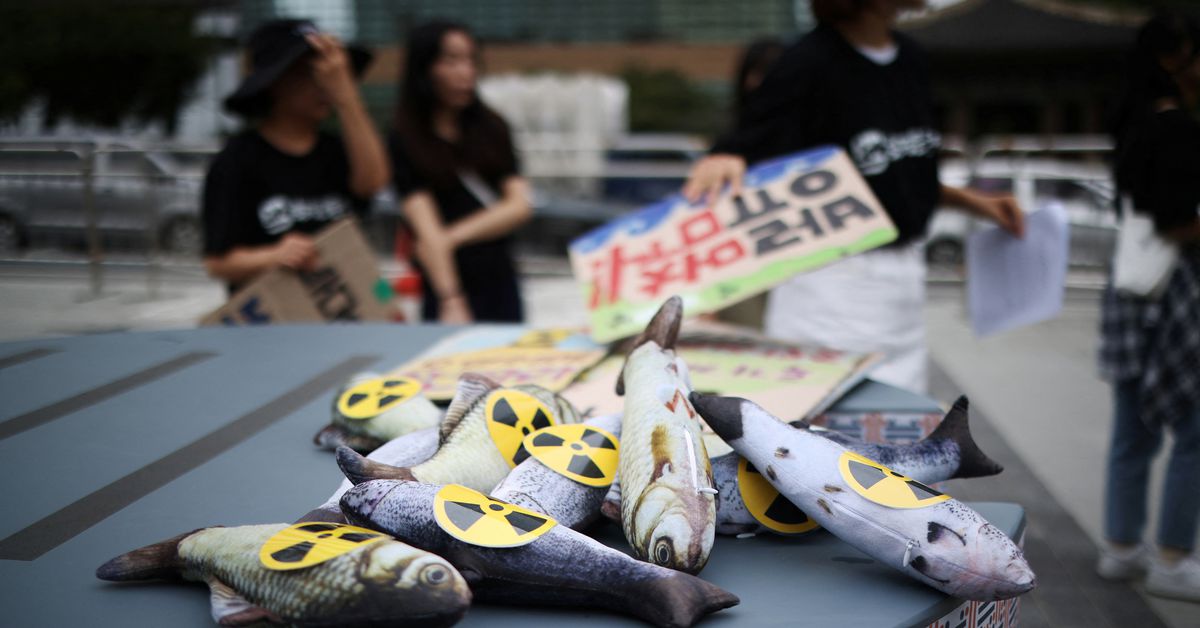Japan exported about $600 million worth of aquatic products to China in 2022, making it the biggest market for Japanese exports, with Hong Kong second. Sales to China and Hong Kong accounted for 42% of all Japanese aquatic exports in 2022, according to government data.



So 3 years there equals measurable increased cancer risk.
Cancer risk from radiation is not just the absolute amount of exposure, but the duration of the exposure as well. Short high-intensity radiation doses carry higher risk than long, low-intensity doses.
And 100mSv/yr is a rate, which is greater than 44mSv/yr. After 4 years, you will still have not had the dose needed that is linked with increased cancer risk.
Read it again. Not what they said.
44 x 3 = 132 which is GREATER than 100
You can’t compare exposure over 3 years to a limit for one year.
Radiation damage depends on time period of exposure.
Though I still wouldn’t want to live there; the area has been evacuated for good reason.
the graph on the map is μSv/h
using the crosshairs shows 29.88 μSv/h at the waterfront by the plant
that is 0.02988 μSv/h = 261.7488 mSv/a
so not a place I’d want to get food from to say the least
That’s on land. Where a whole bunch of various radionuclides have concentrated and remain fixed in place.
This “wastewater release” that’s being discussed is the release of low-intensity tritium that will immediately dilute into the whole ocean. You’re comparing apples to moonrocks. Completely different things.
Sure, just pick a completely different location to suit the conclusion you already made.
You mean the location right next to where the water has been sitting for how many years now?
deleted by creator
deleted by creator